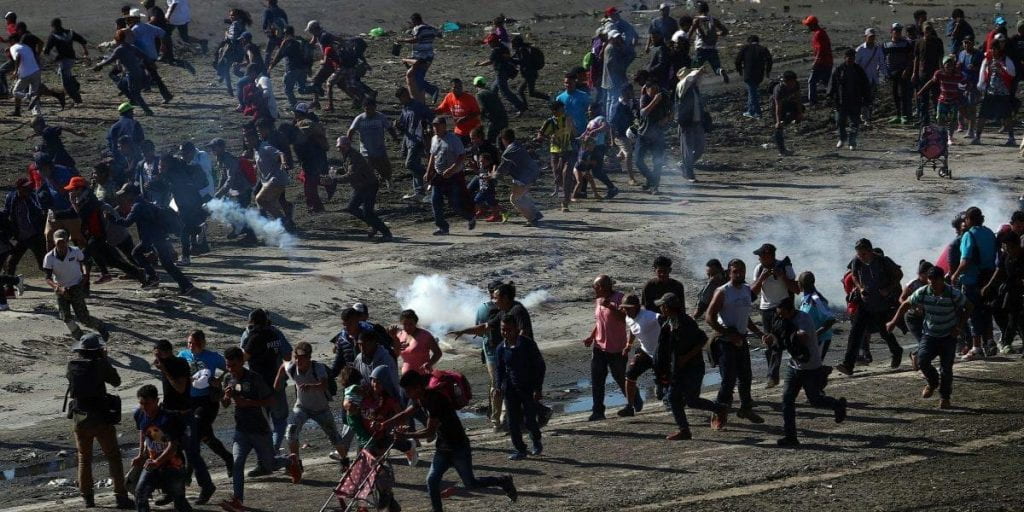Juan Pablo Blanco
TCCS ’19
“Protesting voices are not soothing. It is not in their nature to lull the listener to sleep, comfort them, reassure them that all is fine. Protesting voices must shake the listener out of their slumber.” – Nada Elia
These are the words written by Diaspora Palestinian writer and activist Nada Elia in her essay, “The Burden of Representation – When Palestinians Speak Out” within Arab and Arab American Feminisms: Gender, Violence, and Belonging (2011, Syracuse University Press).
Her words have never rang more true today. In a time when attacks on vulnerable populations grow increasingly harsh and blatant, and centrist “liberal” discourse keeps asking us to play nice, focus on bipartisanship, and some idea of common ground, Elia makes clear the uselessness of these attempts to play nice. Or, as Elia cites Audre Lorde’s ever-pertinent wisdom, “We were never meant to survive, that our silence cannot protect us, because ‘the machine will try and grind you into dust anyway, whether or not we speak’” (Lorde, 1977).
These days, it is hard to not make a connection between the struggle against occupation and apartheid in Palestine and the so-called migrant caravan reaching the U.S. border. Some quick research of both will show a militarized border wall, tear gas canisters in the air, and a professional military force attacking unarmed civilians with impunity. Both cases show narratives that end up blaming the victims, whether it is the reductionist argument that equates anti-Zionism (an opposition with the state of Israel and its occupation of Palestinian territory and its attack on the Palestinian people) with anti-Semitism (the historic vilification and oppression of Jews) or the idea that migrants shouldn’t be complaining about teargas canisters being launched their way because they were told this would happen if they made it alive to the U.S. southern border. Both these narratives, in short, are used as silencing tactics.
Moreover, political discourse is also present that criminalizes civilians and turns them into war criminals. For example, in right-wing political commentaries, one can find narratives that speak of the use of “human shields” both in Gaza by Palestinians as well as at the U.S. border by Central American migrants and refugees. By grabbing hold of this narrative, Israel and the U.S. (as well as the Mexican state in the case of the border) all wash their hands clean of any responsibility for the violence directed upon these people. These narratives also turn these vulnerable peoples into, not the victims of the wars that they have been unjustly subject to, but the actors of wars who are to be treated under the rules of military combat.
While “liberal” media sources have, to some extent, criticized U.S. military tactics at the border, it is imperative to remember that oftentimes, due to claims of “impartiality,” these atrocities are left out of the public narrative. Elia points to this censored-storytelling as she recounts the BBC’s refusal to broadcast the massive slaughter of innocent civilians in the Gaza Strip leaving more than thirteen hundred Palestinians dead in January 2009. The BBC’s refusal to broadcast this news was due to their desire to “maintain impartiality in its coverage of the massacre” — that is, a twenty-two day military offensive launched by Israel from “the air, sea, and land, against a weakened, quasi-starved imprisoned people, the majority of whom are refugees and children” (Elia, 142).
While I am not trying to equate the more than 70 years of occupation at the hand of Israel with what is happening at the border today, it is important to remember that these are both examples of colonization, occupation, and violence enacted on innocent people by a militarized, racist state. It is also important to remember that we cannot look at these struggles in a vacuum, and that we must understand that until all of us are truly free, none of us will be. We cannot wait to ground into dust.
Can you tell which photo is from Palestine and which one from the U.S.-Mexico Border?








You must be logged in to post a comment.